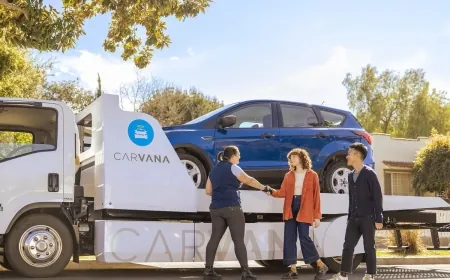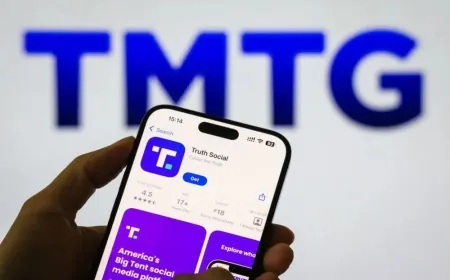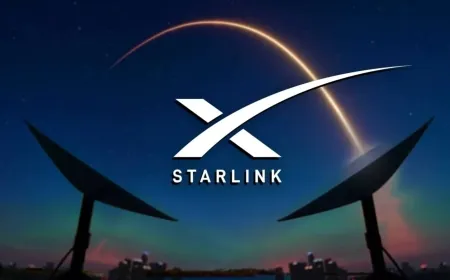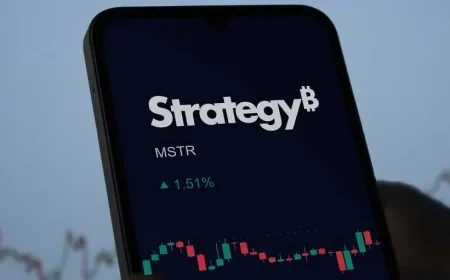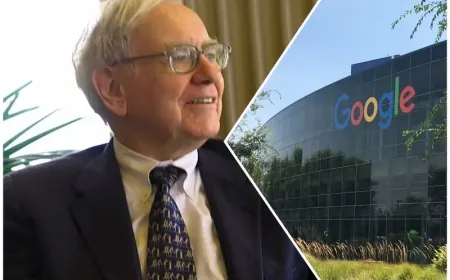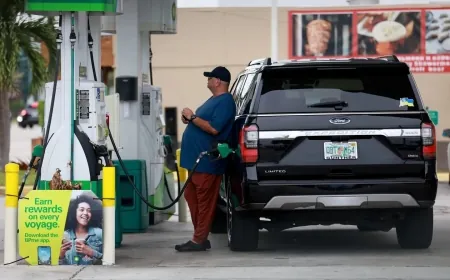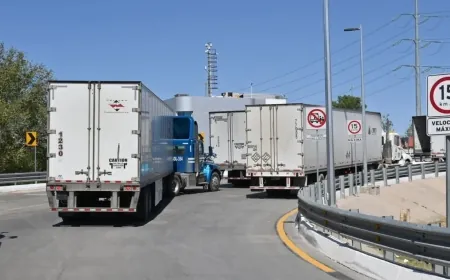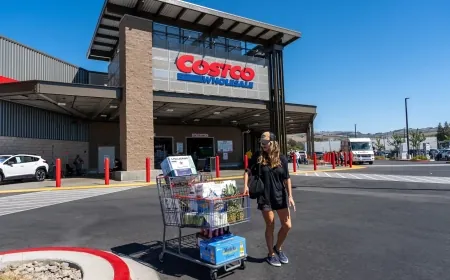Uber Launches Budget-Friendly Route Share and Expands Fare Passes Across U.S.
Uber’s new Route Share ride is half the price of UberX. See where it’s available and how the new fare passes can help you save even more.
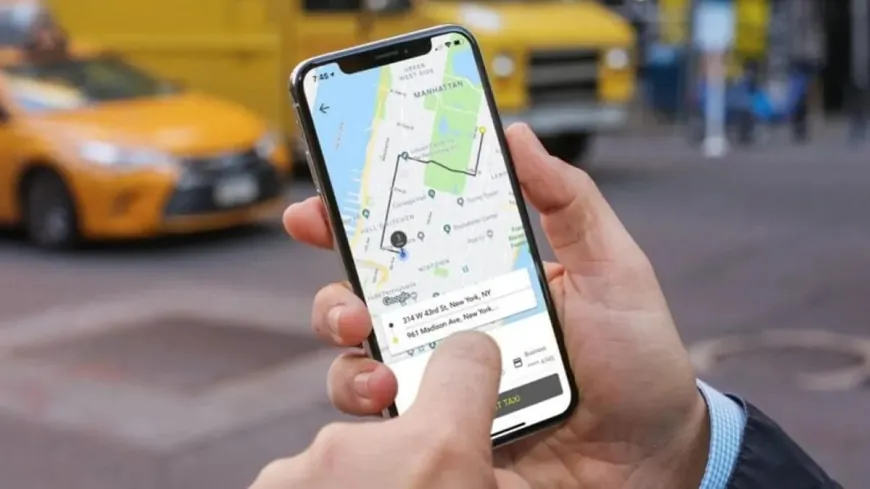
Uber is making a big push to attract more riders who are watching their spending. On Wednesday, the company rolled out a new ride option called Route Share, along with expanded access to its Price Lock Pass, aimed at giving people a cheaper and more predictable way to get around.
A Cheaper Way to Commute
The new Route Share feature offers fixed-route, shared rides that operate on a schedule—every 20 minutes during weekday rush hours. Instead of the usual point-to-point UberX experience, riders will be picked up along busy corridors and dropped off at predetermined stops. The tradeoff? A ride that costs roughly 50% less than a typical UberX trip.
The service is first launching in New York City, San Francisco, and Chicago, where Uber says it sees the highest volume of weekday commuters. The company is also in talks with employers to potentially let workers pay for these rides using pre-tax commuter benefits, a move that could make the rides even more affordable.
Price Lock Pass Gets a Wider Rollout
Uber’s Price Lock Pass, which launched earlier this year at $2.99 a month, is now being rolled out in more cities across the U.S. and will expand to Brazil later this year. The pass allows riders to lock in consistent fares on frequently traveled routes—helping avoid price spikes during peak hours or weather disruptions.
The ride pass will now be available in cities like Chicago, Dallas, and San Francisco, and later this year, Uber plans to make it accessible to teen accounts—part of a larger strategy to court younger riders who are just starting to rely on rideshare services.
Robotaxis Still in Focus
Alongside its affordability push, Uber is continuing to build out its autonomous vehicle efforts. The company is partnering with Volkswagen to launch a fleet of fully electric robotaxis based on the ID. Buzz model starting next year. These vehicles will eventually handle shared rides, complementing human drivers in busy cities.
Uber is also ramping up its collaboration with Waymo in Austin, where it plans to increase the number of self-driving vehicles to the hundreds in the coming months. While still in the early stages, Uber sees these moves as key to building a more flexible and scalable transportation network.
Uber is reshaping how it serves everyday riders. By offering cheaper, more structured ride options and fare passes that protect against unpredictable pricing, the company is zeroing in on what many users want right now—reliable transportation that doesn’t break the bank. The timing isn’t accidental: in a slower economic climate, being the more affordable option might be Uber’s smartest bet yet.
Also Read: Uber Introduces ‘Verified’ Rider Badges and Trip Recording to Enhance Driver Safety in the U.S.







